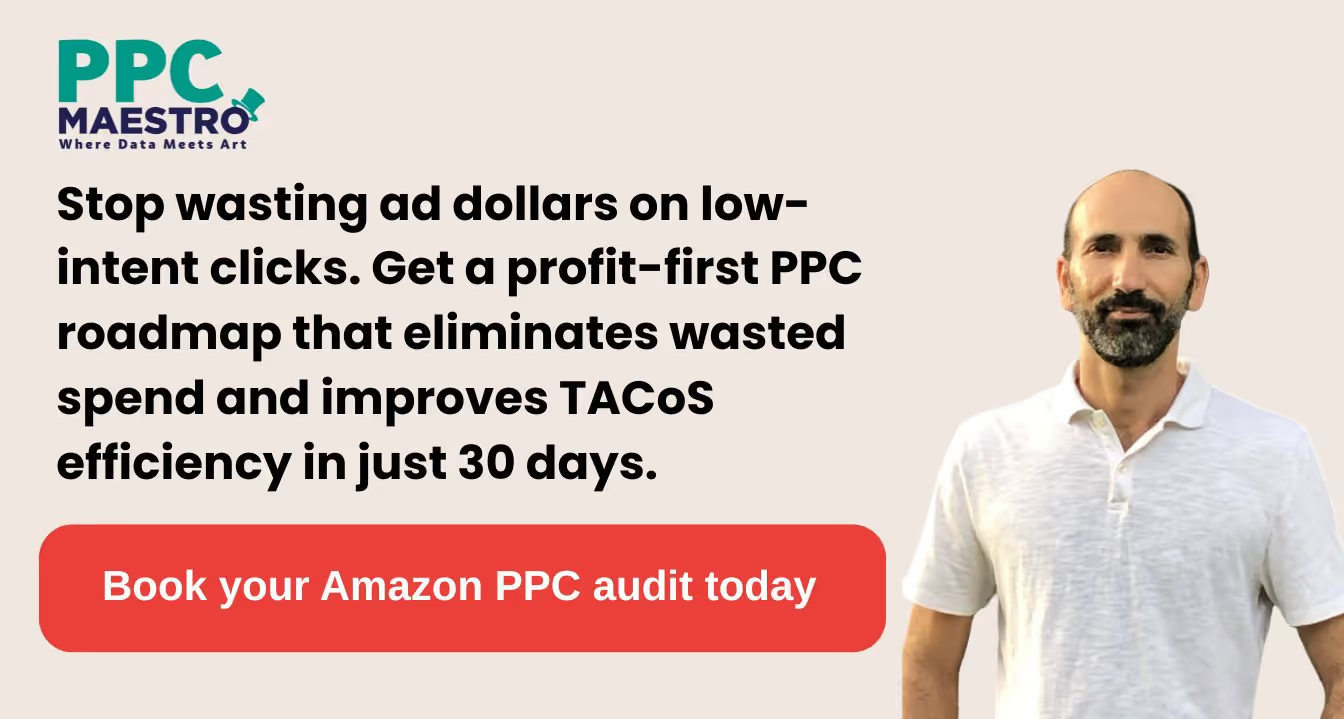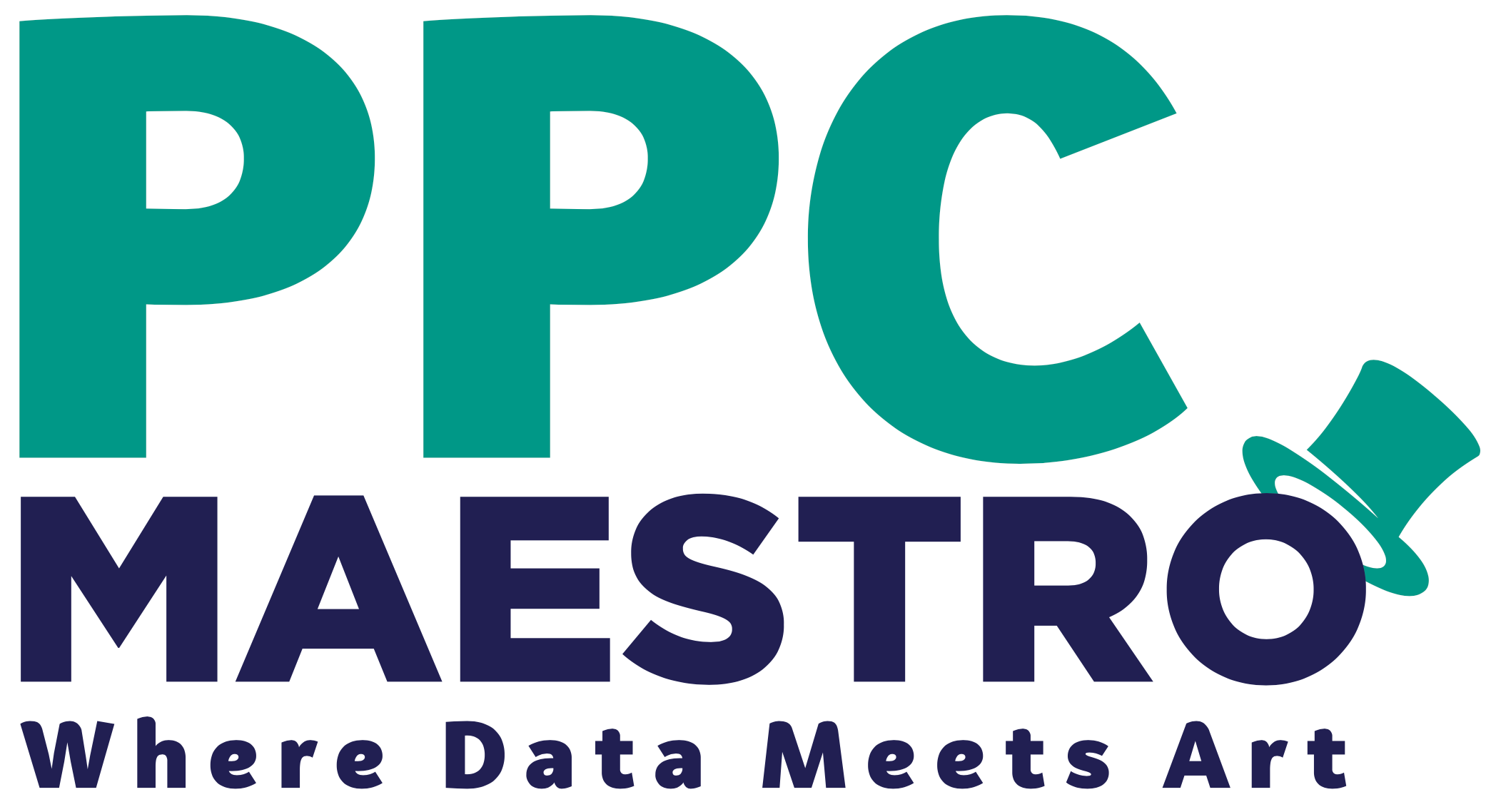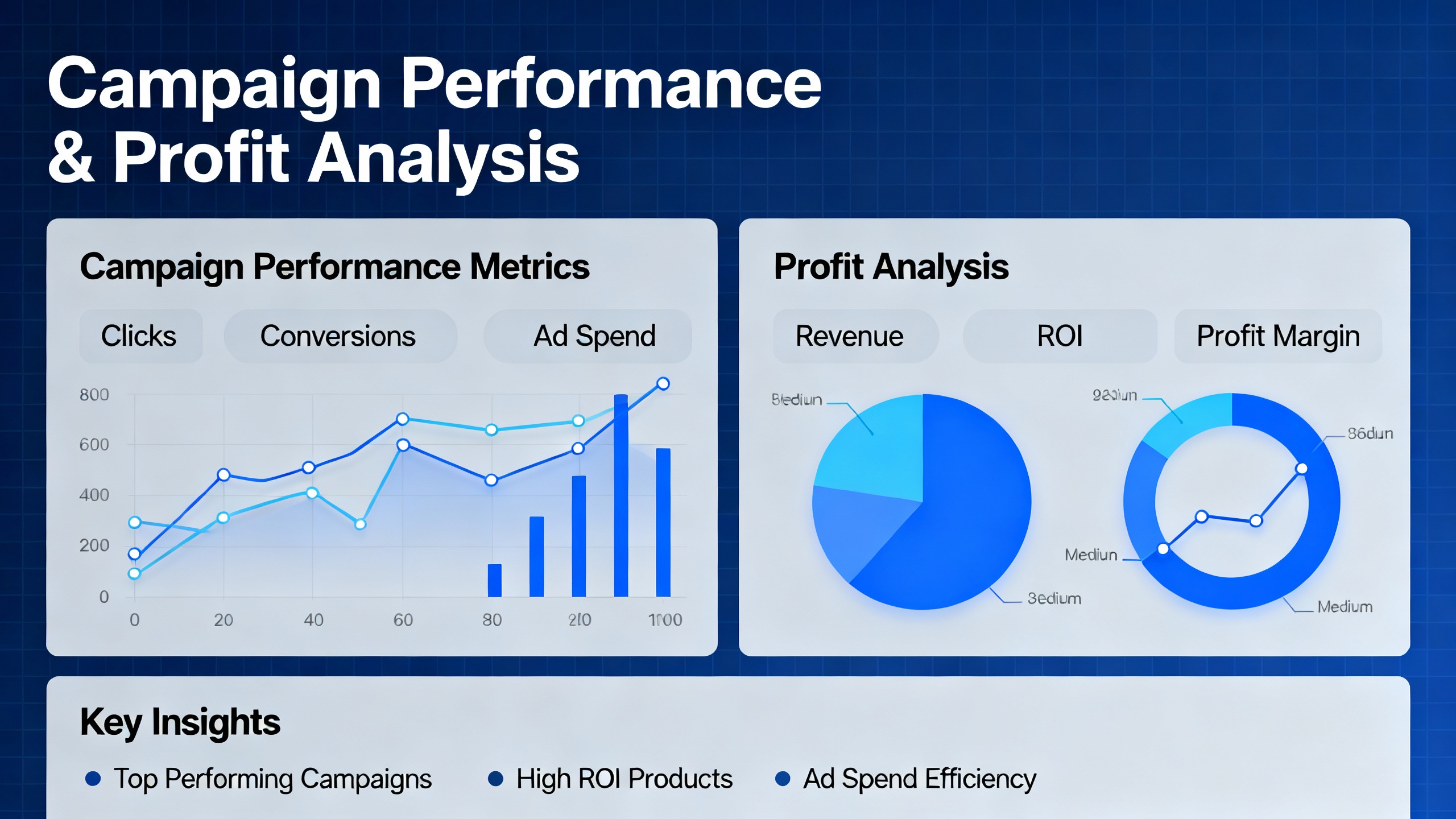Improve TACoS by lowering total ad spend as a share of overall sales: prune wasted PPC, increase organic sales through listing and promo tactics, and reallocate budget to high-margin winners. These profit-first steps reduce TACoS and protect contribution margin while you scale.
Why Top Sellers Can't Afford to Overlook the TACoS Metric
You can lower ACoS all day and still bleed cash. TACoS tells the real story: ad cost as a share of total sales. Ignore it and you scale losses, not profits.
I audited an anonymized 7‑figure account: the team celebrated a “good” ACoS while TACoS climbed. The result? More sales, less profit. That’s why you learn to improve TACoS fast.
What TACoS actually measures (quick)TACoS = Total Ad Spend ÷ Total Revenue (paid + organic). It shows ad cost’s drag on your whole business, not just one campaign.
Why TACoS matters
It links ads to business profitability and exit value.
It reveals when paid growth cannibalizes organic margins.
It’s the right control to set targets by contribution margin, not vanity ACoS.
Core framework: Profit Feedback Loop (short)
Launch with intent — pick targets that can scale profitably. [1]
Prune wasted spend fast — remove bleeders and negative-match unprofitable queries. [2]
Analyze TACoS vs margin — set TACoS targets per product. [1]
Iterate promotions and organic growth to shift the denominator (sales) up. [1]
How to improve TACoS — step-by-step actions (Each action is tactical and measurable. Start with the quick wins below.)
1. Cut the bleeding: find high-spend, low-contribution queries.
Run a search -term audit: sort by spend → zero-sales terms are immediate suspects.
Push negative keywords in bulk (exact + phrase where appropriate).
Pause or reduce bids on placements that never convert. Result: immediate spend drop with low sales impact.
2. Reallocate budget to high contribution ASINs
Identify ASINs with the best profit per click and highest conversion.
Move budget from underperforming campaigns into campaigns driving contribution margin.
Use placement and bid modifiers only where they increase profit per click.Result: more profitable ad impressions for the same spend.
3. Improve listing conversion and organic lift (raise the denominator)
Fix poor titles, images, and bullets that depress conversion rate.
Run targeted promotions and coupons timed with ad pushes so paid traffic converts AND lifts organic rank.
Prioritize review velocity and inventory alignment during promos. Result: more organic sales from the same ad investment.
Improve listing conversion and organic lift (raise the denominator)
4. Set TACoS targets by margin, not guesswork
For each product, calculate contribution margin after COGS and ad margin.
Define acceptable TACoS bands that preserve contribution margin at scale.
Track TACoS weekly and tie it to profit-per-click dashboards.Result: predictable scaling rules that preserve margin.
5. Cross-promotions & brand tactics that push organic sales
Use lightning deals, targeted coupons, and external traffic to boost total sales while controlling ad spend.
Align brand/storefront promotions to lift category relevance and organic conversions.Result: a lower TACoS because total sales grow faster than ad spend.
6. Use of SOPs and bulk processes to make wins repeatable
Automate negative keyword additions and bid changes with scheduled bulk files.
Weekly cadence: prune bleeders, reallocate budget, check inventory.
Keep one-page playbooks for each product family. Result: systems replace guesswork, and TACoS moves down consistently. [1]

Quick audit checklist (30-minute tactical scan)
Total ad spend vs total revenue — is TACoS rising or flat?
Top 10 search terms by spend — how many have no sales?
Top 10 ASINs by profit per click — are they getting enough budget?
Conversion rate by campaign — any campaigns <2%?
Listing defects (images/title/BAS) on top-spend ASINs.
Mini case example (anonymized)We found a 7‑figure account where teams celebrated ACoS improvements while TACoS rose. A focused 30‑day prune removed 25% of wasted spend and reallocated budget; TACoS dropped and contribution margin improved. The changes were SOP-driven and repeatable. [1]
Measurement & reporting (what to watch)
Weekly TACoS and margin-per-click dashboards.
TACoS by product family, not just brand-level TACoS.
Promo windows: compare TACoS before/during/after to measure durable organic lift.
Where sellers go wrong (and what to stop doing)
Chasing low ACoS at the campaign level while TACoS grows.
Overbidding on unrankable ASINs.
Running promotions without linking ads and inventory plans. Stop these, and you stop burning margin.
Conclusion — move from vanity to valueIf you want to scale without leaking profit, learn to improve TACoS. Cut bleeders, boost organic sales, and set TACoS targets by margin. Do that and your ads become the engine of profit, not expense.
Frequently Asked Questions
Q: How quickly can I expect TACoS to drop after pruning wasted spend?
A: Tactical pruning (negative keywords + pausing bleeders) reduces spend immediately, but durable TACoS improvement typically shows in 30–60 days once the denominator (organic sales) responds and promotions stabilize.
Q: Should I worry about ACoS if TACoS looks healthy?
A: ACoS matters at the campaign level, but TACoS tells you whether ads are profitable across the business. Use both: control ACoS in campaigns and manage TACoS at the product/brand level.
Q: Can promotions actually lower TACoS?
A: Yes. Well-timed promotions and coupons can increase organic sales velocity and conversion, raising total sales faster than ad spend and thus lowering TACoS — when aligned with inventory and measurement.
Q: What is the fastest way to find “bleeders” in my account?
A: Export search terms and ASIN spend, sort by spend with zero sales or negative profit contribution. Apply bulk negatives and pause underperforming placements. Repeat weekly with an SOP.
Cited Works
PPC Maestro — “Profit Feedback Loop.” https://ppcmaestro.com/profit-loop. Published: 2023-01-01. Accessed: 2025-11-11.
PPC Maestro — “Cutting Bleeders SOP.” https://ppcmaestro.com/sops. Published: 2023-01-01. Accessed: 2025-11-11.
PPC Maestro — “Results.” https://ppcmaestro.com/results. Published: 2023-01-01. Accessed: 2025-11-11.
About the Author
Byline: Bernard Nader, Founder, PPC Maestro — profit-first Amazon PPC specialist with experience turning disorganized accounts into system-driven profit centers.
Review note: Recommend editorial review by Bernard for voice punch and to approve any client audit numbers or screenshots before publishing.
YMYL: This article offers commercial advice about business profitability. Information is general; for tailored financial decisions, consult your accountant and a PPC audit.




